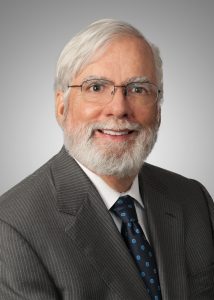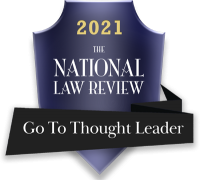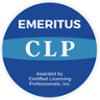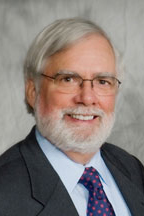The following is a guest post from Ann McCrackin.
I attended oral arguments at the CAFC on Monday for Association for Molecular Pathology v. Myriad Genetics, Inc. The three-judge panel included Judge Bryson, Judge Lourie and Judge Moore. Most of the questions came from Judges Bryson and Moore. The arguments were directed to three issues: jurisdiction, patent eligibility of the composition-of-matter claims, and patent eligibility of the method claims.
Myriad’s attorney, Gregory Castanias, argued that there was no case or controversy for declaratory judgment jurisdiction. Judge Moore seemed troubled that the District Court’s standing criteria would allow consumers to challenge patents just because they desired a cheaper product. On the merits, Castanias argued that isolated DNA is structurally distinct from naturally occurring DNA and therefore does not exist in nature. Judge Bryson asked whether Myriad’s claims would cover the entire human genome. Judge Moore noted that the claims do not cover the entire chromosome, but wanted to know how isolated DNA is different from a mineral which is extracted from a rock. Judge Lourie noted that a gene is structurally different when it is isolated, but a mineral is not structurally different when it is removed from the rock. Castanias also argued that the method claims are patent-eligible, but was questioned by Judge Lourie regarding whether the steps of “comparing” in the claims were just a thought process. Castanias also mentioned the Federal Circuit’s post-Bilski decision in RCT v. Microsoft.
AMP’s attorney, Christopher Hansen, started to discuss the composition-of-matter claims, but was immediately asked to address the jurisdiction issue first. Judge Moore again seemed concerned by the broad standing criteria permitted by the District Court. On the merits, Hansen, argued that isolated DNA is merely a fragment of DNA removed from the body. He repeated that DNA is DNA whether it is inside the body or outside the body. Hansen also argued that the method claims do not involve a transformation. However, neither Hansen nor the Court brought up RCT v. Microsoft at this point.
Acting Solicitor General Neal Katyal argued as amicus curiae on the issue of the composition-of-matter claims. He argued that claim 1 of the ’282 patent falls outside Chakrabarty. He referred to a “magic microscope” to illustrate the difference between products of nature and human-made inventions. Katyal explained that if we had a magic microscope that could look at DNA in the body, we would see the same substance inside the body as the isolated DNA outside the body. (Judge Moore later referred to the “magic microscope” as a kitschy phrase during the rebuttal by Castanias.) There was some discussion about isolating lithium from the ground which should be reviewed in the transcript by those with a chemical background. I was sitting between two of my former students who both have chemical backgrounds. My students noted that although Katyal said lithium has covalent bonds, lithium actually has ionic bonds. Judge Moore pointed out that the government’s position was contrary to 35 years of PTO policy. She also noted that the PTO guidelines on this issue are still available on the PTO website, and that there appears to be a split in the government on this issue. Katyal replied that the government considers the PTO’s position on isolated DNA to be wrong. Judge Moore questioned whether the Court or Congress should make such a change.
An audio recording of the oral arguments is available here.
Ann McCrackin is a Professor of Law and Director of the Patent Prosecution Program at the University of New Hampshire (formerly Franklin Pierce Law Center) and also a patent attorney with Schwegman, Lundberg & Woessner.






